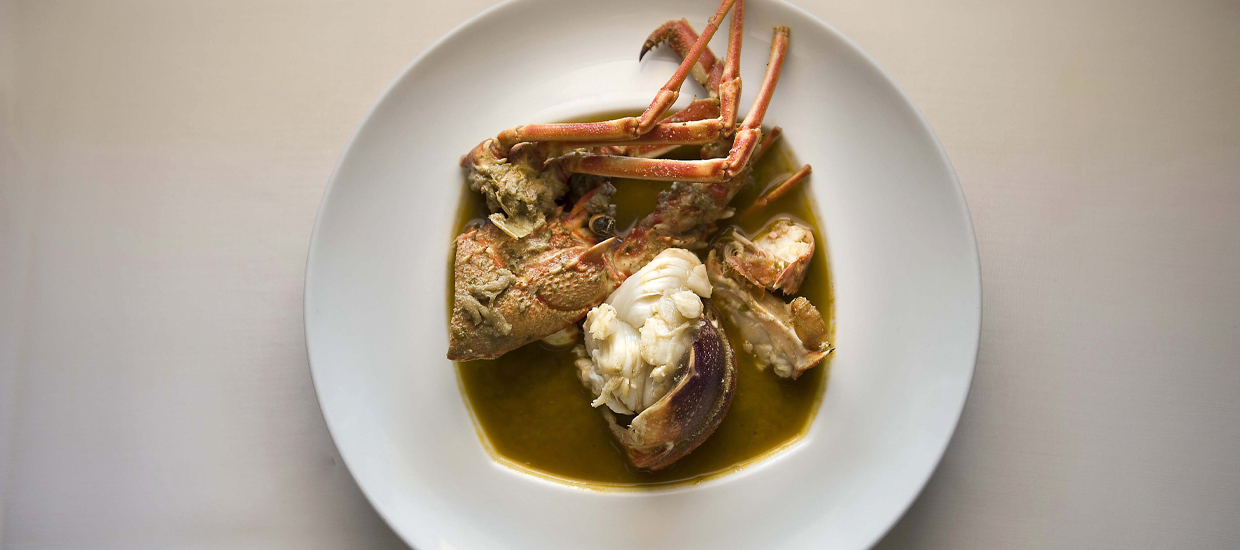The low-key neighbor of Ibiza and Mallorca, Menorca distinguishes itself from the more famous Balearic Islands with a verdant landscape that in 1993 led to UNESCO designating it as a Biosphere Reserve. Earlier this year, it garnered another plaudit, this one for a man-made wonder: Its slow food scene, which earned Menorca European Region of Gastronomy status for 2022.
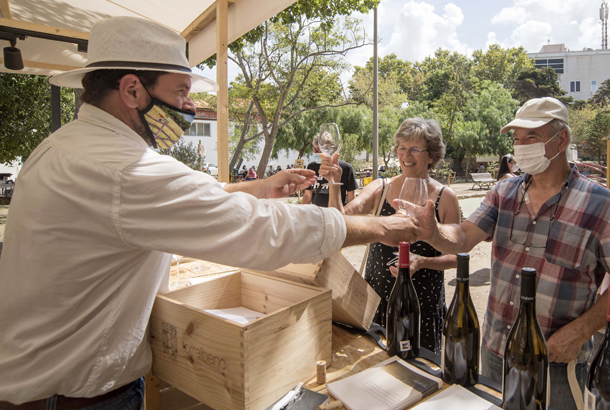
The 271-square-mile island owes its culinary heritage to several factors. There’s that ecosystem, which sees fertile farmland spread from the beaches to the low-lying Mount Toro. There’s history, as the culture here has been influenced by both Roman and Arab conquerors. And there’s the sustainable, artisanal ethos of the locals.
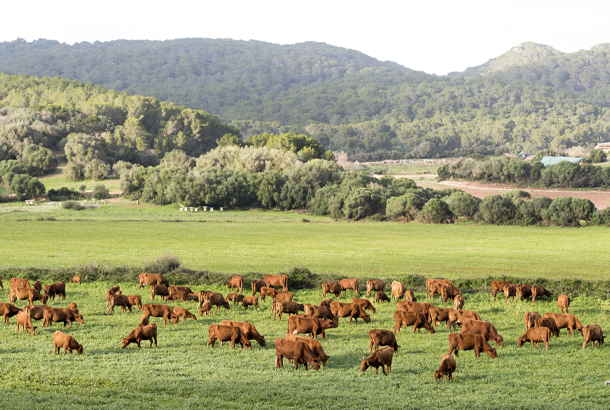
“Menorca has more than 300 artisans, producers, farmers, and fishermen,” says Borja Beneyto (aka Matoses), a member of the Royal Spanish Academy of Gastronomy and a resident of the island. “Despite it being such a small territory, you can find a huge range of produce throughout the seasons.” Among the local products visitors will encounter are olive oil, saffron, salt, honey, gin, and wine, as well as sustainably reared meat and abundant seafood. These ingredients come together in signature dishes such as caldereta de langosta, a stew made with local red lobster; spread-able paprika-spiced sobrassada sausage; and arroz de la tierra, which isn’t actually rice but rather finely ground wheat baked with sausage.
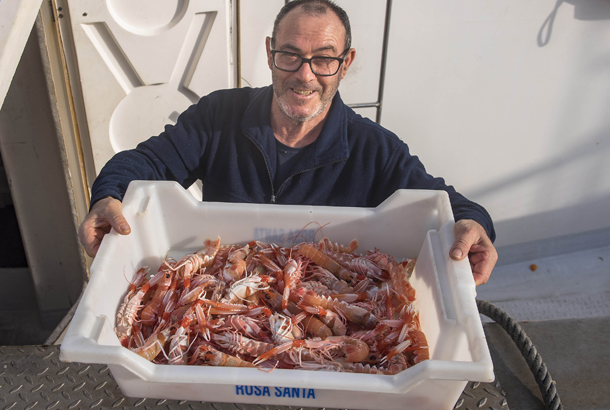
“Food is deeply bonded to Menorcan culture,” Beneyto says. “This status gives Menorcans even more pride in their culinary identity.”
5 Places to Get a Taste of Menorca
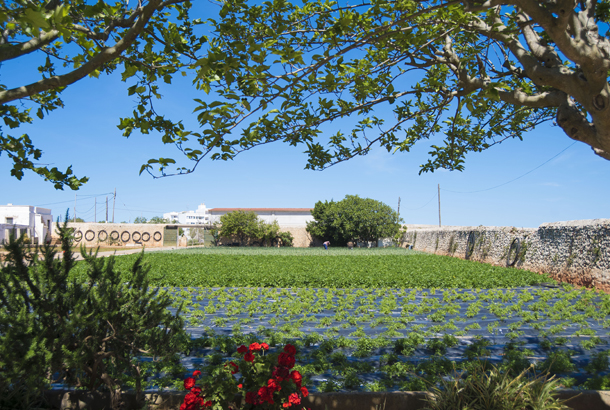
Museu de Menorca
In honor of Menorca’s European Region of Gastronomy status, through next April this museum in the capital city of Mahón is hosting a special exhibit, El Gust de Menorca, which details the island’s culinary history.
museudemenorca.com
Mercat des Claustre
Located in a historic cloister building in Mahón, this farmers market is a great place to check out the best of the island’s produce, as well as gourmet outlets for coffee, pastries, and bistro-style fare.
mercatdesclaustre.com
Ca Na Pilar
Víctor Lidón, the former head chef of the three-Michelin-starred Catalan restaurant Can Fabes, has returned to Menorca to take over the kitchen where he got his start as a teenager. His menu emphasizes local ingredients in dishes such as cuttlefish meatballs and pigeon crapaudine with orange endive.
canapilar.com
Sa Pedrera d’es Pujol
Tucked into the village of Torret, this Michelin-recommended restaurant offers modern interpretations of traditional Menorcan dishes—think sea urchin with wild asparagus, white prawn, thermal egg, and nettle sauce.
sapedreradespujol.com
Sa Cooperativa del Camp
This agricultural co-op represents hundreds of producers and promotes the culinary richness of Menorca via guided tours, tastings, and workshops that connect visitors directly with farmers and artisans.
sacooperativadelcamp.com
